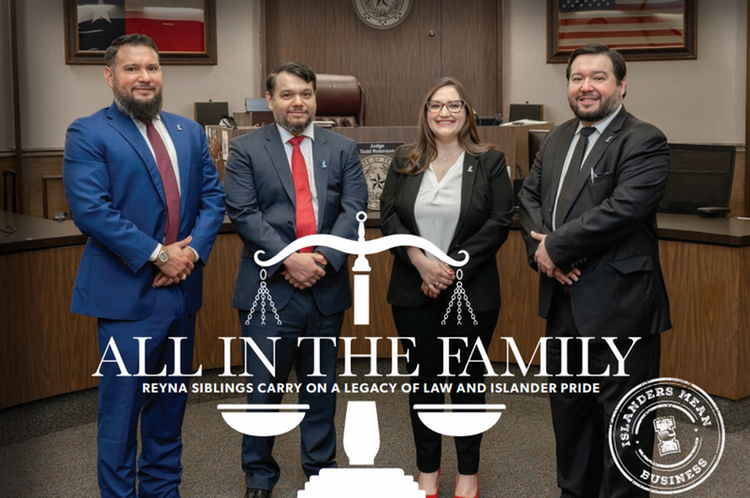A&M-Corpus Christi Researcher helps Tackle Indoor GPS Limitations and Wins $20,000
CORPUS CHRISTI, Texas – With the use of a smartphone, loads of information ranging from funny memes to the latest news is accessible at the touch of one’s fingertips. Users can track their location on daily jogs, use GPS to utilize rideshare apps or find highly rated restaurants nearby. Every day, technology adds convenience to a person’s lifestyle, but it’s not without limitations.
Dr. Tianxing Chu, assistant research scientist at Texas A&M University-Corpus Christi’s Conrad Blucher Institute (CBI) for Surveying and Science, and researchers from Wuhan University, China, created an app to improve smartphone limitations when it comes to GPS. The research team, led by Wuhan University Professor and former CBI Endowed Chair Ruizhi Chen, participated in the National Institute of Standards and Technology (NIST) “2018 Performance Evaluation of Smartphone Localization Application Challenge (PerfLoc).” The competition took place in April, where Chu and his colleagues took first-place among a total of 152 registered teams. Their achievement was recognized with a certificate and a $20,000 check earlier this month in California.
“Imagine firefighters entering an unknown burning building. Accurately knowing their positions and that of other partners is invaluable,” said Chu. “Precisely locating people in need during emergency situations can make a huge difference when it comes to saving lives.”
An important issue, GPS often becomes blind in indoor environments, leaving public safety officials without the necessary information to rescue those in need. The primary goal of the competition was to encourage the development of the best smartphone indoor location tracking solutions. Maintaining robust location signals under demanding and varying environments improves service in times of crisis.
The app’s performance was tested in scenarios mimicking a real-world environment. As the contest judge walked through an 11-story building, the app had to consistently provide an accurate location whether it be in the basement, the stairways or in the office area. The simulated movements included walking forward, walking backward, sidestepping, taking an elevator, transporting the smartphone on a pushcart and even crawling on the floor.
While the app is not ready for public use, the research team will continue to develop a robust indoor localization solution, particularly for public safety applications such as locating emergency responders.
